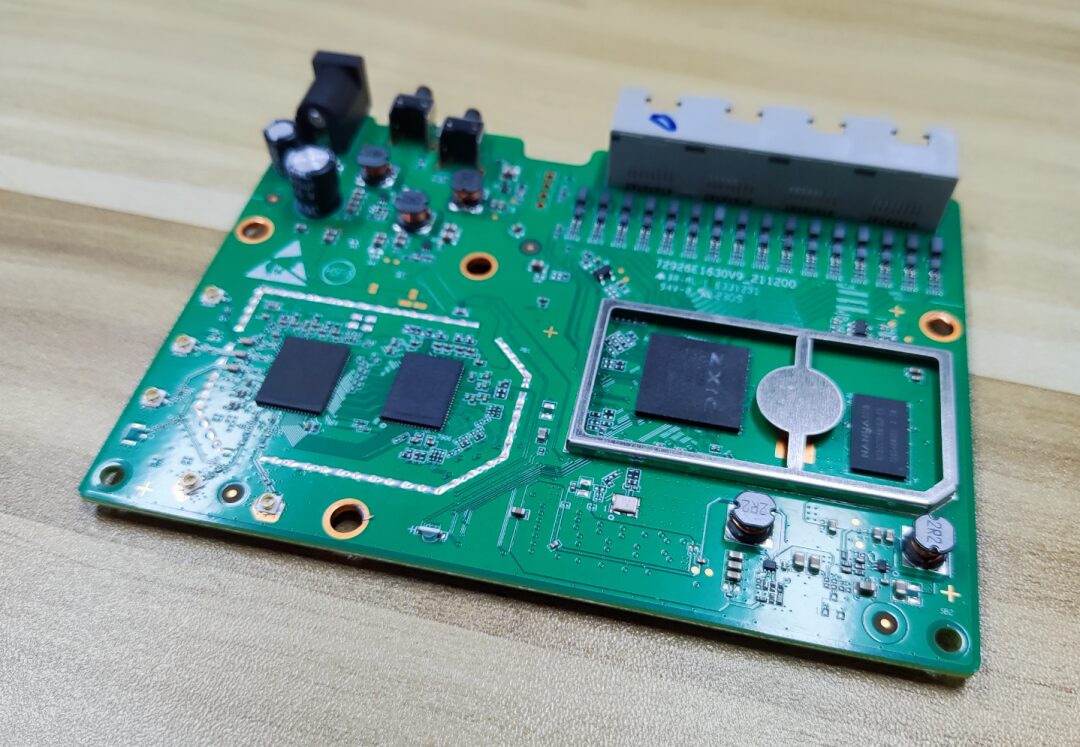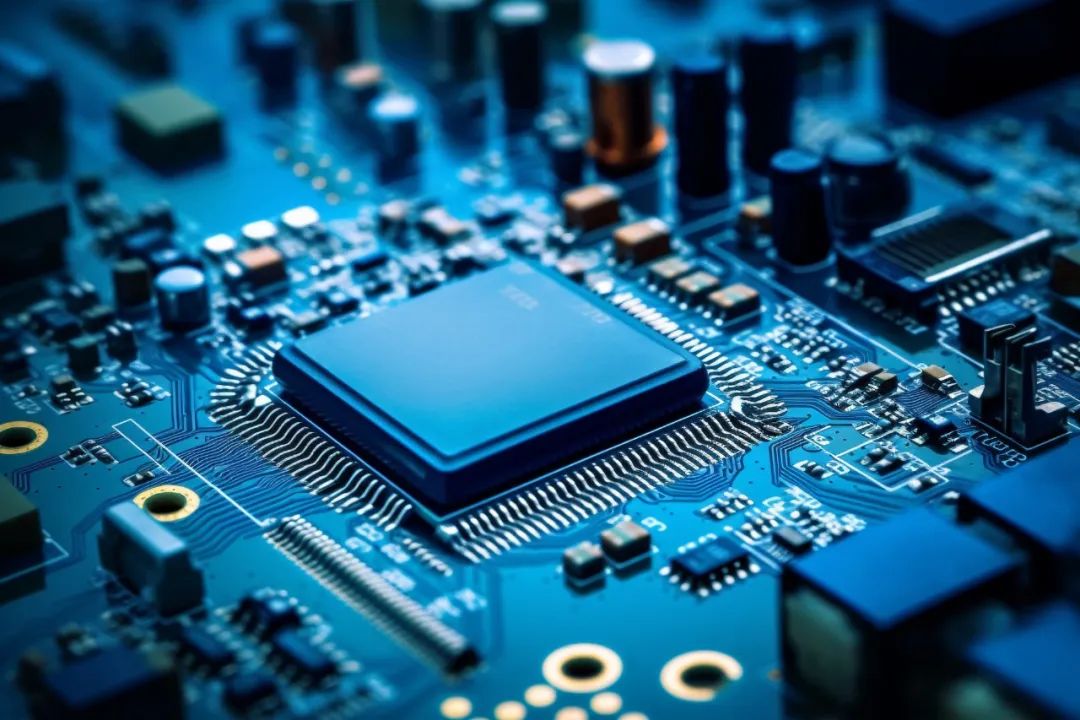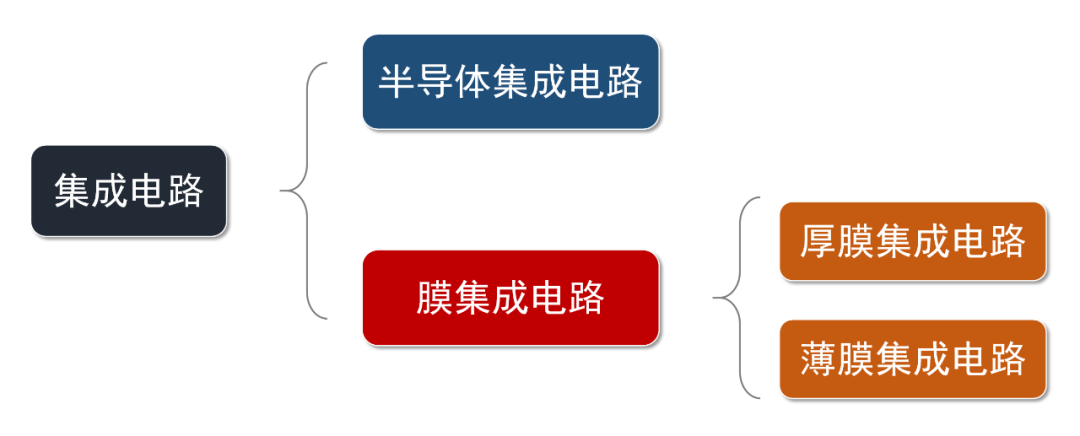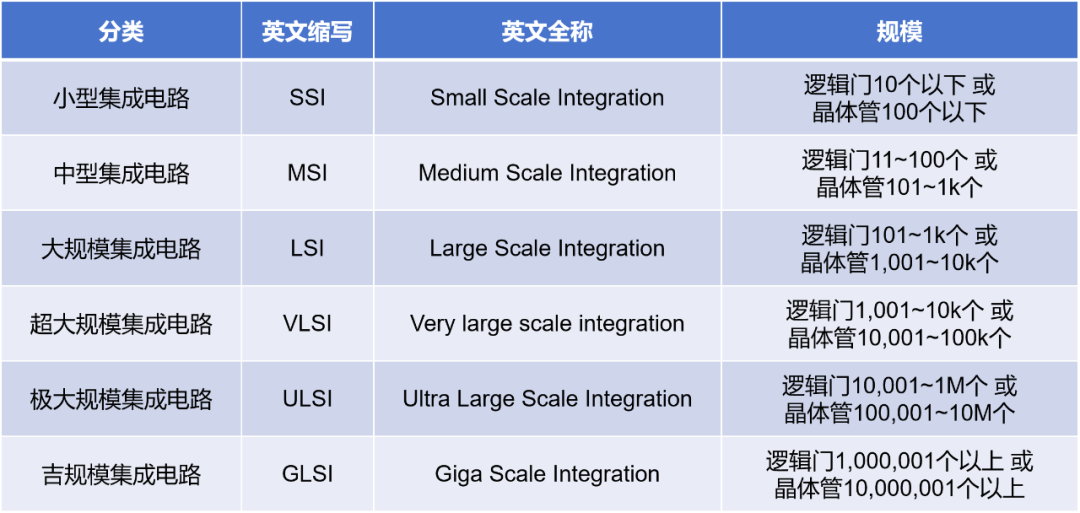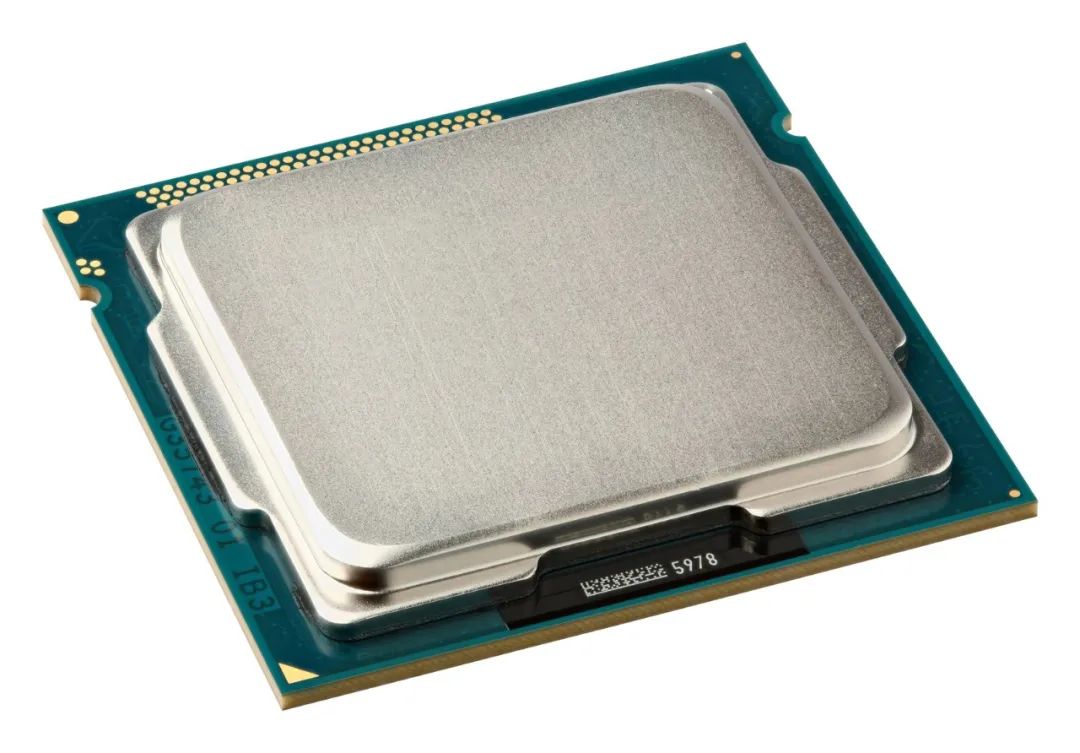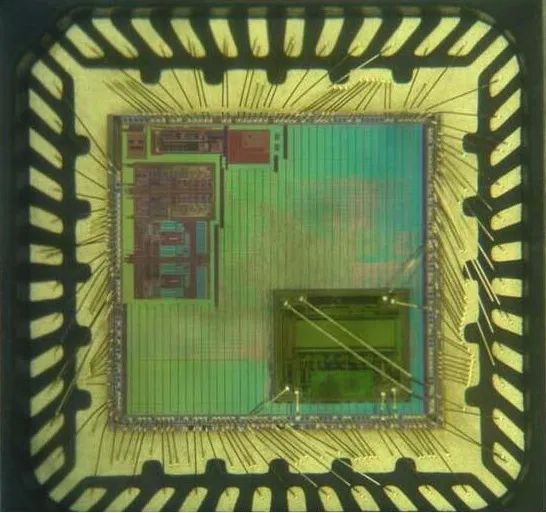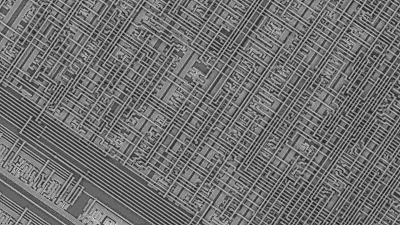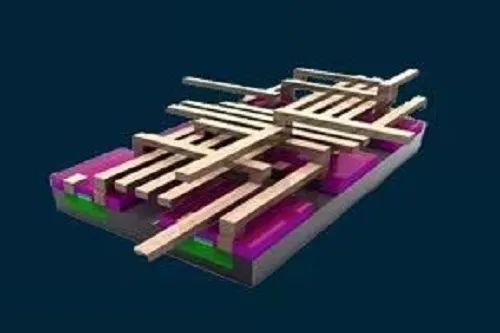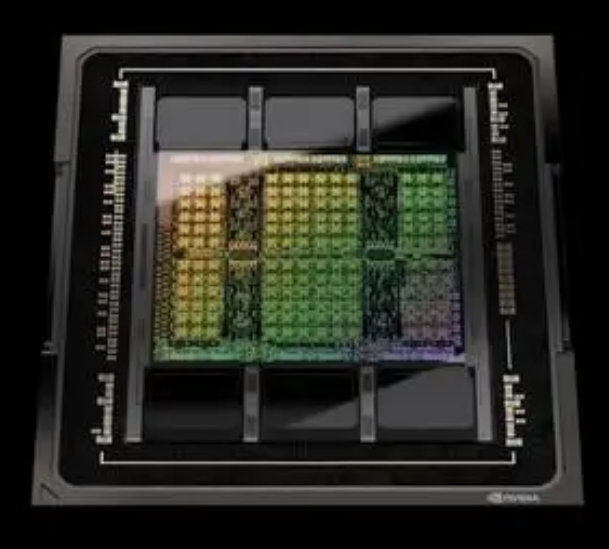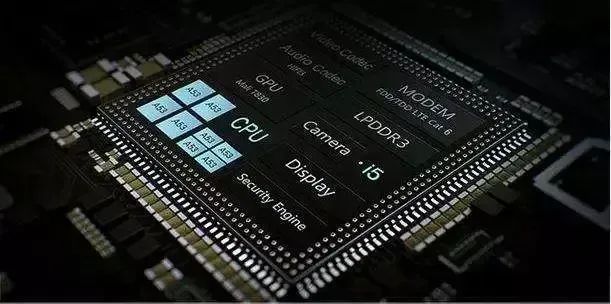In our daily work and life, we often use various electronic or electrical products, such as computers, mobile phones, televisions, refrigerators, washing machines, etc.
If we take these products apart, we will see a piece of green board similar to the one below.
Sometimes it can be blue or black.
Everyone knows that this green board is called a circuit board. A more official name is printed circuit board, also known as PCB (Printed Circuit Board; sometimes called PWB, Printed Wire Board, abroad).
On the PCB, many electronic components are soldered, such as capacitors, resistors, inductors, etc.
We can also see some black square components.
That’s right, this component is very likely a chip (called a chip in English).
A chip is actually a relatively vague term.
For electronic devices, it is hidden inside and is very important, equivalent to a car’s engine or a human’s heart, hence called “core”. From a physical perspective, it is in pieces, so it is called “chip”. Together, it is “chip”.
Generally speaking, a chip is an integrated circuit (integrated circuit). The two can be used interchangeably. An integrated circuit is relatively easy to define. It is formed by integrating electronic components such as transistors, resistors, capacitors, diodes, etc., onto a single substrate through specific technologies, creating a microcircuit, which is called an integrated circuit.
If this substrate uses semiconductor materials (such as silicon), or if the integrated circuit is made from semiconductor material wafers, it belongs to semiconductor integrated circuits. The integrated circuits we traditionally refer to are basically semiconductor integrated circuits. Therefore, sometimes the terms semiconductor, chip, and integrated circuit are often used interchangeably.
If we delve into it, there are still some differences between chips and integrated circuits.
Some industry viewpoints believe: An integrated circuit is a circuit, a basic unit, mainly emphasizing the realization of a certain function, such as a specific logical operation. In circuit design and other scenarios, this term is used more frequently.
Whereas a chip is a more macro and product-oriented concept. After design, manufacturing, packaging, and testing, it forms a directly usable product form, which is considered a chip. When emphasizing usage, people tend to use the term “chip” more, such as CPU chip, AI chip, baseband chip, etc.
Some also define a chip as: “A general semiconductor component product that contains one or more integrated circuits and can achieve a specific function”. In other words, the chip is a collective term for semiconductor component products.
█ Classification of Chips
A chip is a set of circuits that achieve specific functions. It has a modular characteristic, allowing manufacturers to quickly design and develop products, reducing development difficulty and shortening development cycles.
For decades, semiconductor technology has rapidly developed under the guidance of Moore’s Law, with chips becoming smaller and accommodating more circuits, significantly reducing the size, cost, and power consumption of electronic products.
It has not only improved our quality of life but also led the information technology revolution, promoting the progress of human civilization as a whole.
With chips, we have mobile phones.
Today, chips have formed a very wide range of applications and have given rise to many categories.
The classification method of the World Semiconductor Trade Statistics (WSTS) is relatively authoritative and official. They divide all types of integrated circuits into: analog (Analog), micro (Micro), logic (Logic), and memory (Memory).
On the unofficial level, classification is more arbitrary.
By function, we often classify chips as: computing chips, storage chips, communication chips, sensing chips, energy chips, interface chips.
Some chip types we are more familiar with include the following:
We can also classify them by process technology, for example, the commonly heard 28nm, 14nm, 7nm, 5nm. Or, by semiconductor materials, such as silicon (Si), germanium (Ge), gallium arsenide (GaAs), gallium nitride (GaN), etc.
In fact, now we have developed optical chips (such as silicon photonics technology), which use light instead of current to transmit signals.
From the perspective of integrated circuits, there are many classifications. By manufacturing process, integrated circuits can be divided into semiconductor integrated circuits and film integrated circuits (film integrated circuits use metals and ceramics, etc.). Film integrated circuits can be further divided into thick-film and thin-film integrated circuits.
By circuit properties, we can also divide them into digital integrated circuits, analog integrated circuits, and mixed-signal integrated circuits.
Digital integrated circuits, as the name suggests, process digital signals. They appear most frequently around us, such as microprocessors (CPU, GPU, etc.), digital signal processors (DSP), and microcontrollers (MCU) are all digital integrated circuits.
Analog integrated circuits are more commonly used in sensors, power chips, operational amplifiers, etc., mainly for amplifying, filtering, demodulating, and mixing analog signals.
Mixed-signal integrated circuits integrate both analog and digital circuits on a single chip. You can probably guess that analog-to-digital (ADC) and digital-to-analog (DAC) conversion chips belong to this category.
By the number of microelectronic devices integrated on the chip (scale), integrated circuits can be divided into the following categories:
More professionally, by conductivity type, integrated circuits can also be divided into bipolar integrated circuits and unipolar integrated circuits.
Bipolar integrated circuits have complex manufacturing processes and higher power consumption, with representative integrated circuits including TTL, ECL, HTL, LST-TL, STTL, etc.
Unipolar integrated circuits have simpler manufacturing processes, lower power consumption, and are easier to make into large-scale integrated circuits, with representative integrated circuits including CMOS, NMOS, PMOS, etc.
█ Internal Structure of Chips
Earlier, we mentioned that chips appear as black square pieces.
Sometimes, they also have a silver metal cover (for enhanced protection and heat dissipation). For example, our CPU:
CPU appearance
Chips are like this after packaging (a process in chip manufacturing).
If we remove the “shell”, we can truly see the internal core of the chip. Under a microscope, it looks like this:
The outer ring consists of pins (lead pins). The thin lines are the leads. The square part in the center is the actual circuit of the chip.
If we continue to zoom in, it looks like this:
In 3D effect, it looks like this:
Indeed, they are three-dimensional, with many layers, dense, resembling a super maze, and like a futuristic city.
In the image, each line is a connection. And the objects they connect to are transistors.
The number of transistors in a chip usually represents the chip’s capability. The more transistors there are, the more circuits, and the stronger the functions and computing power. Nowadays, many manufacturers emphasize how many transistors are inside the chip when releasing new chips, which is what this means.
NVIDIA’s H100 GPU has 80 billion transistors.
Chips can be simple (relatively) or complex. Some complex chips are also divided into different functional modules. These modules together form a system, becoming SoC (System on Chip, a system-level chip).
Our mobile phone’s main chips, such as Qualcomm Snapdragon, MediaTek Dimensity, and Huawei Kirin, are typical SoC chips. The chips include CPU, GPU, APU, ISP, baseband, RF, etc.
Reproduced content only represents the author’s views
It does not represent the position of the Institute of Physics, Chinese Academy of Sciences
For reprints, please contact the original public account
Source: Fresh Date Classroom
Editor: Serendipity
Recent Hot Articles Top 10
↓ Click the title to view ↓
1. Recent outbreak of mycoplasma infection? Perhaps just an illusion
2. How often should you wash your hair? Is it better to wash it in the morning or at night? The answer…
3. Does probability theory no longer exist? After tossing a coin 350,000 times, they found the results on both sides were not 1:1
4. Will there be friction if one contact surface is rough and the other is perfectly smooth? | No.382
5. Wild boars in Germany run rampant, and no one dares to eat them because they are 11 times over the nuclear radiation limit, the source of which is a nuclear explosion?
6. Plane tickets cost 300 yuan, fuel fee 110 yuan! What kind of oil does the plane I took use?
7. Can the Prague Peak discovered more than a century ago really help humanity completely conquer cancer?
8. How to cool an object without using any energy?
9. Why do we use a transparent slender tube with two ends to draw blood from the fingertip? | No.383
10. Is the universe really built on mathematics?
Click here to view all previous hot articles

